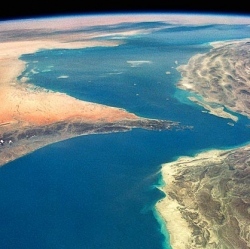
Russian deputy prime minister Dmitry Rogozin announced on May 13 that his country will end cooperation on the International Space Station after 2020. The comments spurred gloomy headlines: “Russia’s retaliation could doom Space Station,” wrote one science news outlet, while NBC News ran with “Russia Makes Plans to Kill Space Station in 2020.”
What many accounts have missed is that the station’s fate past 2020 has never been assured. The ISS, first launched in 1998, is nearing the end of its functional life, with many parts of the station’s structure deteriorating after enduring decades of extreme heat and cold.
Left in orbit, it could turn into dangerous space junk. So the plan has long been to destroy the ISS by means of a controlled re-entry into the Earth’s atmosphere and a crash into the ocean.
In 2010, the international station management team began advocating an extension of the International Space Station’s operations from 2020 to 2028, a year that would coincide with the 30th anniversary of the launch and connection of its initial two sections, Russia’s Zarya and the U.S.A’s Unity.
Earlier this year, the Obama administration approved an extension to 2024. It’s unclear how either plan will fare, technologically or financially, if the Putin government makes good on its latest statements.
